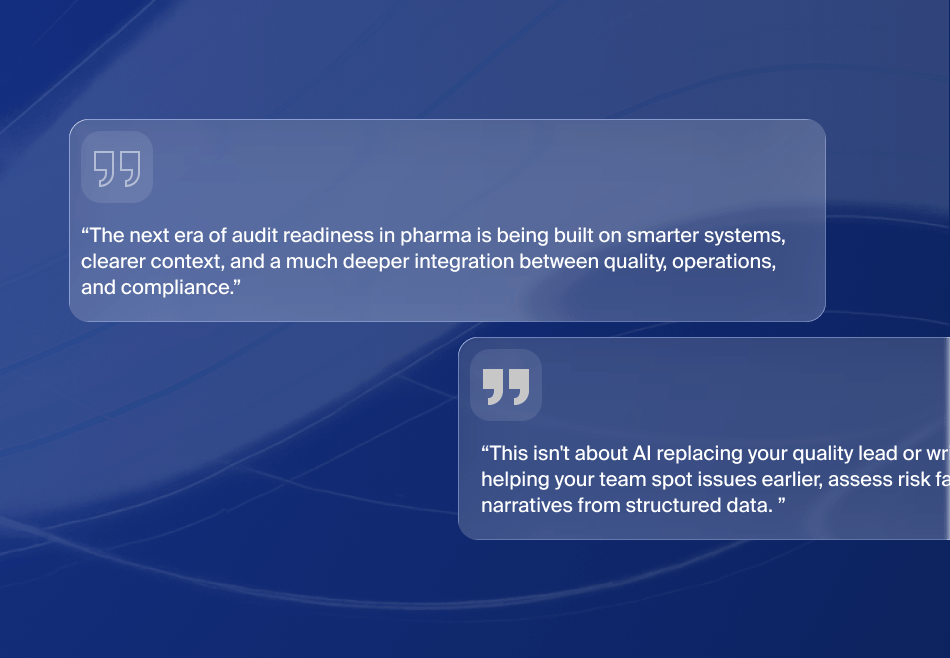At a Glance
- As the world braces itself from COVID-19 recovery, decision-makers at significant chemical companies are looking for ways to realign their operational and manufacturing strategies to be able to sustain and grow.
- Liquidity and capital resources impact the business, causing financial pain areas for the chemical industry.
- The industry has also faced challenges due to disrupted global supply chains, labor shortage, dwindling demands for one industry and growing demands for others, and many more issues.
- With the strategic overhaul, reinvention of smart factories, investment in automation, and other robust enterprise software, the chemical industry can turn the tide.
Like almost every other industry, the chemical industry encountered unplanned hassles in 2020 due to the Coronavirus global pandemic. Practically every department in chemical companies has experienced the ripple effects of a market slowdown. Things are still uncertain in terms of the supply chain’s stability, workforce capacity, changes in global trade regulations, etc.
Approximately 41% in the chemical industry are concerned about the effects of Covid-19 on workforce and reduction in production.
Approximately 23% are looking at disrupted supplies are a red flag.
While global supply chain disruption has impacted businesses, the chemical industry can take advantage of certain factors like:
- Increased demand for raw material required for hygiene products and sanitizers across the globe.
- The drop in oil prices offering a chance to acquire oil-based raw material at a lower cost.
- Dependence of many major and minor sectors on the raw material provided by the chemical industry.
There are also various strategic and operational changes that the decision-makers at chemical companies will need to help their companies sail through this crisis with minimal damage. The chemical industry also needs to prepare itself for the post-COVID era. However, before we get into plausible solutions, it is imperative to understand the challenges in chemical industry. Let us look at six major challenges that the chemical industry is dealing with due to the coronavirus crisis.
1.Liquidity and Investor IssuesThere was a sudden and steep decline in financial outcome in the first quarter of 2020 due to COVID-19. The market slowdown led to investment shortage, lower credit, etc. The financial impact has caused significant distress for the chemical industry, and top-level executives rethink their finance allocation policies to ride through these distressing times.
2.Shortage of Workforce and Reduced Production RateMany regions are still not back to normal and need to follow social distancing norms to avoid the coronavirus spread. The additional rules in place limit the ability of chemical production facilities to work at full capacity. Even the workforce that does not operate on the shop floor has to either work from home or stay absent. Current issues in the chemical industry lead to reduced productivity and lesser output from the production plants.
3.The Issue of Disrupted Supply ChainsWith the slowdown of all travel types (especially international air travel), there have been significant supply chain challenges in the chemical industry across the globe. The chemical industry is heavily dependent on different stakeholders working in harmony for seamless functioning. Businesses have taken a massive hit, and there are issues related to delays in obtaining raw material, delays in shipments, blocked consignments, and more.
Figure 1:Benefits of a Connected Ecosystem for Inventory Management

4.Discrepancies in the Demand of Raw MaterialChemical companies supply different raw materials to various industries, and they make arrangements for these stocks based on their orders, estimates, and market scenario. However, the lockdowns imposed due to the coronavirus pandemic caused many industries like automobile and consumer goods to cease their production. In contrast, other industries like hygiene goods, pharmaceuticals, and medical equipment manufacturing sectors had to ramp up their production capacity. An imbalance in the market caused discrepancies in the demand for raw materials, and the chemical companies have to realign their inventories to suit the changing needs. The market is recovering however still carries the effects of the pandemic.
6.Changes in Strategy for the Post-pandemic EraThe strategists and top executives at chemical companies have a robust and demanding job at their hands to realign their game plan for the post-pandemic era. Replanning involves gauging the market’s pulse at a granular level, understanding the varying needs for different chemical compounds, and providing investors and business partners with the plan’s visibility. Higher visibility drives the requirement to onboard agile analytical tools in conjunction with their manufacturing execution and warehouse management systems.
While there are many challenges in the chemical industry, they can get these issues addressed with comprehensive, all-inclusive technology. Companies need to evaluate a business solution that provides end-to-end Supply Chain Management, Financial Management functions plus embedded analytics to realign their processes and gain in depth visibility of the operations.
2020 has seen a massive shift in the overall functioning of chemical companies, which has enabled the need for proper planning, extensive use of robust integrated tools, and timely actions. By retooling to make themselves more agile, chemical companies can ride this storm out and progress forward. Ability to adapt to rapid changes in business is now one of the major OKRs within a Chemical company. Enterprises that wish to differentiate themselves in the Chemical industry need to transform from traditional to becoming new-age companies.
Key Takeaways
- The chemical industry needs to be agile and flexible to gauge the changing needs and serve their best during these trying times.
- The right digital tools help chemical companies to not just strategize but also effectively execute to grow.
Reach out to us for your company’s Digital transformation








